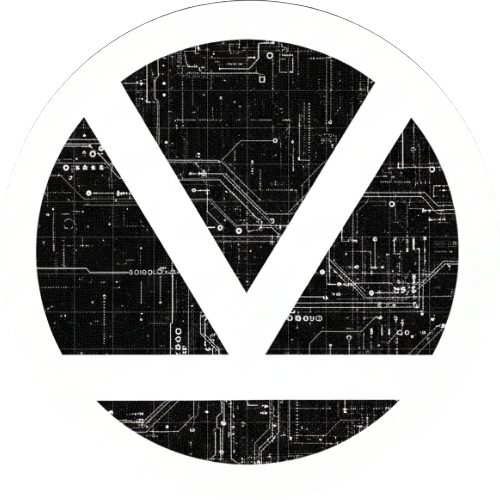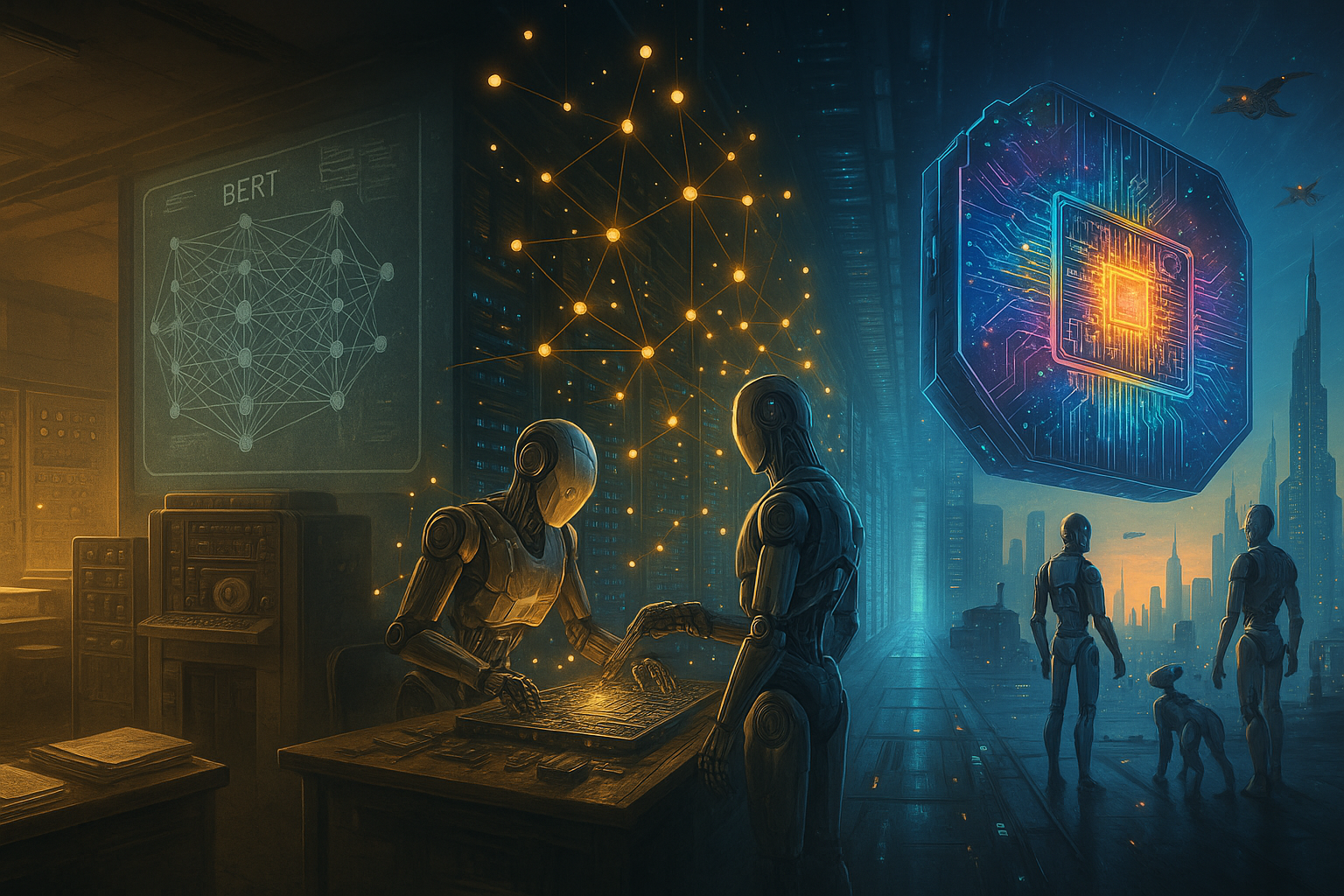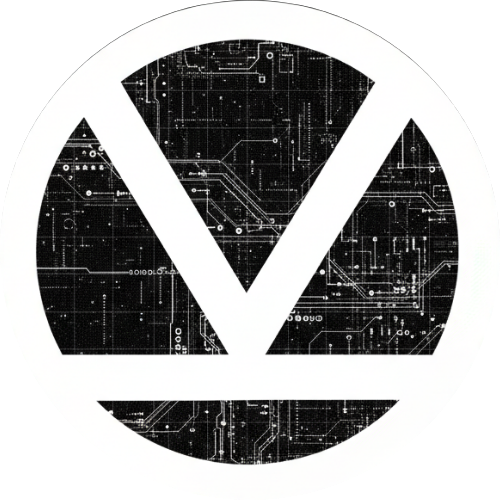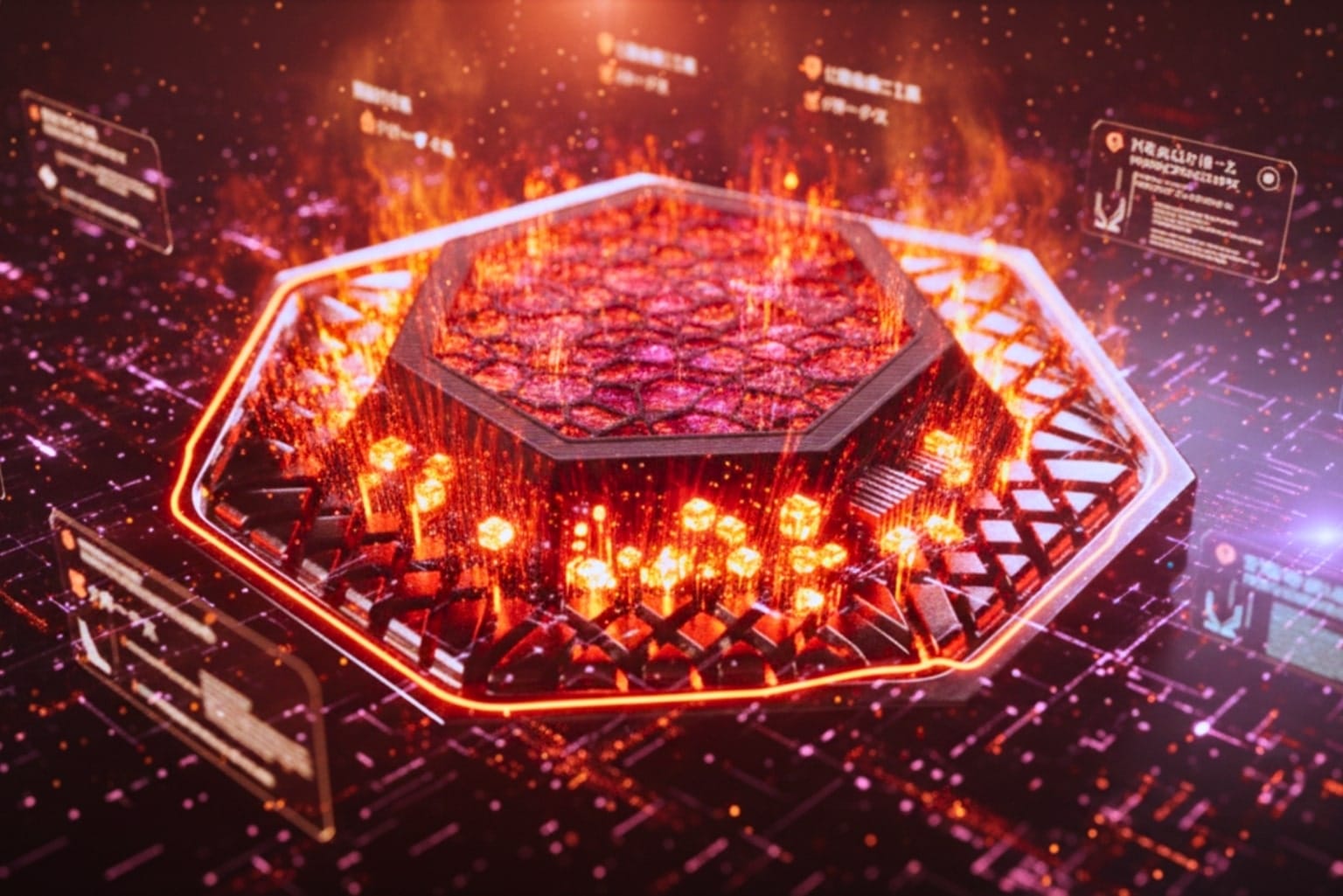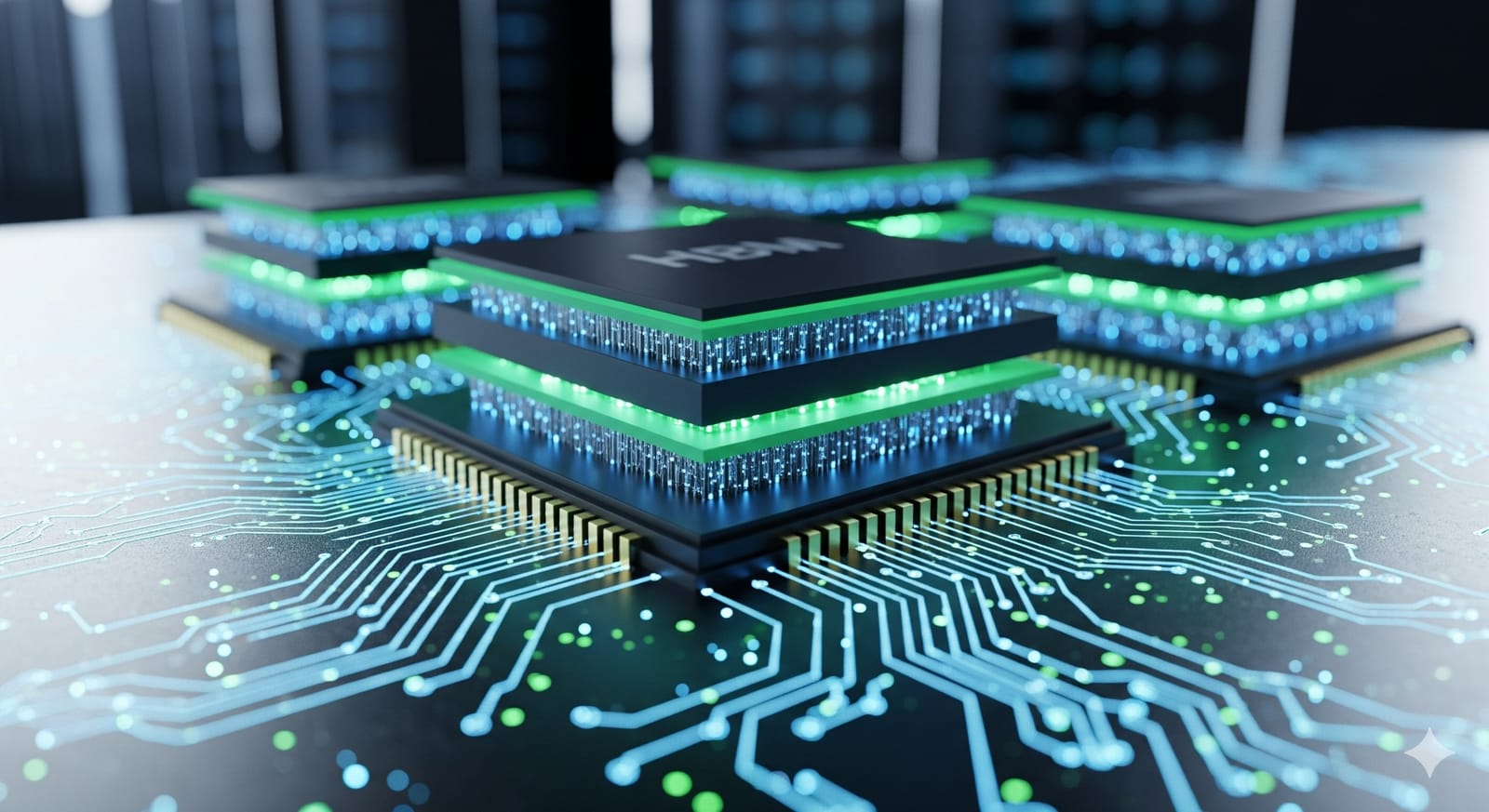The 2025 Moment
In less than a decade we’ve raced from BERT’s masked-language pre-training in 2018 arXiv to GPT-4o chatting in real-time across voice, vision and text (May 13 2024) OpenAI. July 2025 feels like an inflection point: every major advance now links directly to concrete road-maps that promise market-ready systems within 18 months. For technologists, investors and policymakers alike, understanding where these frontiers stand—and why they matter—has never been more urgent.
Below, we break down eight breakthrough paths shaping the next wave of AI, always through the Vastkind lens of human impact, ethics and future-making.
1. Multimodal Foundation Models – Toward “Sense-and-Act” Assistants
Hook: GPT-4o’s sub-300 ms voice latency made talking to a model feel like talking to a person.
- State of play (July 2025): Context windows hit 2 million tokens in Gemini 2.5 Pro Experimental (released Mar 26 2025) blog.google. GPT-4o’s live vision+audio stack powers ChatGPT after the Mar 26 roll-out.
- Next milestone: GPT-5 (public launch aimed for summer 2025, according to CEO Sam Altman) is expected to fully unify its modalities rather than bolt them on. singjupost.com
- Challenge: Prompt-injection via steganographic images—e.g., the PhotoPrompt proof-of-concept—shows how secretly embedded text can hijack model instructions GitHub.
Why it matters: Seamless perception–action loops will move assistants from typing answers to doing things—scheduling travel, controlling drones, even negotiating contracts. The societal upside is massive productivity; the downside is an attack surface that now includes images, audio and code.
2. Agentic AI – From Single-Shot Skills to Autonomous Workflows
The ReAct paradigm (ICLR 2023) let language models reason and act in iterative loops arXiv. Microsoft’s open-source AutoGen (v0.2, Jan 2024) stitched multiple agents into tool-calling swarms GitHub.
- Now: Early enterprise pilots at Atlassian and Splunk automate incident-response run-books.
- Next 18 months: Stanford’s BenchAgent v1 (road-mapped for Q1 2026) promises standardized evaluation of long-horizon goals, pushing vendors to prove claims instead of demo-driven hype.
Human lens: Agentic systems could free knowledge workers from drudge tasks—but also blur accountability. Who is liable when a chain-of-thought agent books the wrong merger target?
3. Embodied AI – Robots That Learn Language and Motor Skills End-to-End
Robot-R1’s 73 % success on unknown objects (arXiv 2506.00070) proves that transformer-based visuomotor policies can generalize beyond lab toys arXiv.
- Pipeline: PaLM-E v2 combines a VLM encoder with reinforcement-learning controllers; DHL plans 100 greif-bots in live logistics hubs by Q4 2026.
- Ethical wrinkle: Workplace AI now involves four-limbed steel co-workers, raising fresh debates on safety and labor replacement.
4. Hardware Revolution & the Edge – Neuromorphic Comes of Age
Without silicon, AI stalls. Intel’s Loihi 2 (announced Sep 30 2021) slashed event-driven power by 10× versus GPU inference download.intel.com.
- Current pilots: Mercedes uses Loihi 2 in radar gateways; event-camera startups deploy neuromorphic chips for micro-Watt inference.
- By end-2026: Road-mapped Neuromorph-ASIC v3 targets industrial sensor grids, making real-time anomaly detection possible where cloud latency is fatal.
5. Safety, Compliance & the EU AI Act
The AI Act (Regulation 2024/1689) entered EU law Aug 1 2024; obligations for general-purpose AI kick in Aug 2 2025 EUR-Lex.
- Companies must complete independent risk audits within 13 months—failure could cost up to 7 % of global revenue.
- Forecast: First eight-figure fines expected Q2 2026; RegTech “compliance copilots” emerge to automate documentation.
Societal note: Regulation is no longer a footnote—it’s the price of market entry. Firms that bake alignment into the development cycle will out-execute those that treat ethics as post-hoc varnish.
6. Open Source vs. Frontier Labs – The Transparency Tension
DeepSeek-V3’s 671-B-parameter MoE (open-sourced Dec 26 2024) reaches 88 % of GPT-4o’s benchmark score at half the inference cost. Western regulators push for evaluation-report disclosure—a direct collision with closed-weight labs.
- Practical upshot: CIOs may soon need a provenance score before deploying any model.
- Future choice: Do we treat source visibility as a human right—or a national-security risk?
7. Quantum-Assisted ML – Security’s Next Chess Move
Quantum machine-learning prototypes now double intrusion-detection AUC scores in simulated telecom traffic (Scientific Reports 2025) Nature.
- Industry signal: Terra Quantum hints at a hybrid-API GA for anomaly detection by Q3 2026.
- Caveat: Noisy qubits still limit scale—but the security stakes (post-quantum cryptography, QKD) make even early gains geopolitically important.
8. Photonic & 3-D-Stacked Chips – The Energy-Efficiency Moonshot
Photonic tensor cores like Lightening-Transformer promise 12× latency and 2.6× energy savings over electronic accelerators arXiv.
- In the lab: Lightmatter’s Envise PCIe prototype (2023) and Cerebras’ 3-D wafer-scale CS-4 (Hot Chips 2025) hint at datacenter-grade boards, but per-unit costs still top $100 k.
- Looking forward: Commercial PCIe photonic cards are unlikely before 2027, yet R&D now will dictate who owns low-carbon AI compute later.
Why This Matters:
AI is no longer a single technology—it’s an ecosystem spanning chips, code, policy and culture. Each frontier carries divergent futures:
- Productivity vs. precarity as agents automate cognitive labor.
- Accessibility vs. control in the open-source transparency fight.
- Sustainability vs. speed when photonic compute slashes energy yet fuels bigger models.
- Safety vs. innovation chill under the EU’s first-in-class regulation.
Our collective choices on openness, alignment and hardware investment will decide whether the next 18 months usher in a flourishing augmentation era—or a fragmented patchwork of gated silos.
Artificial Intelligence Frontiers are converging. Multimodal models are hearing and seeing; agents are planning; robots are doing. Neuromorphic and photonic chips promise an energy footprint that keeps pace without torching the planet. At the same time, the EU AI Act is rewriting the rulebook, and quantum-assisted ML is already hacking tomorrow’s threats.
Key takeaway: The next generation of value—and risk—lies in integration: marrying frontier models with trusted hardware and enforceable ethics.
